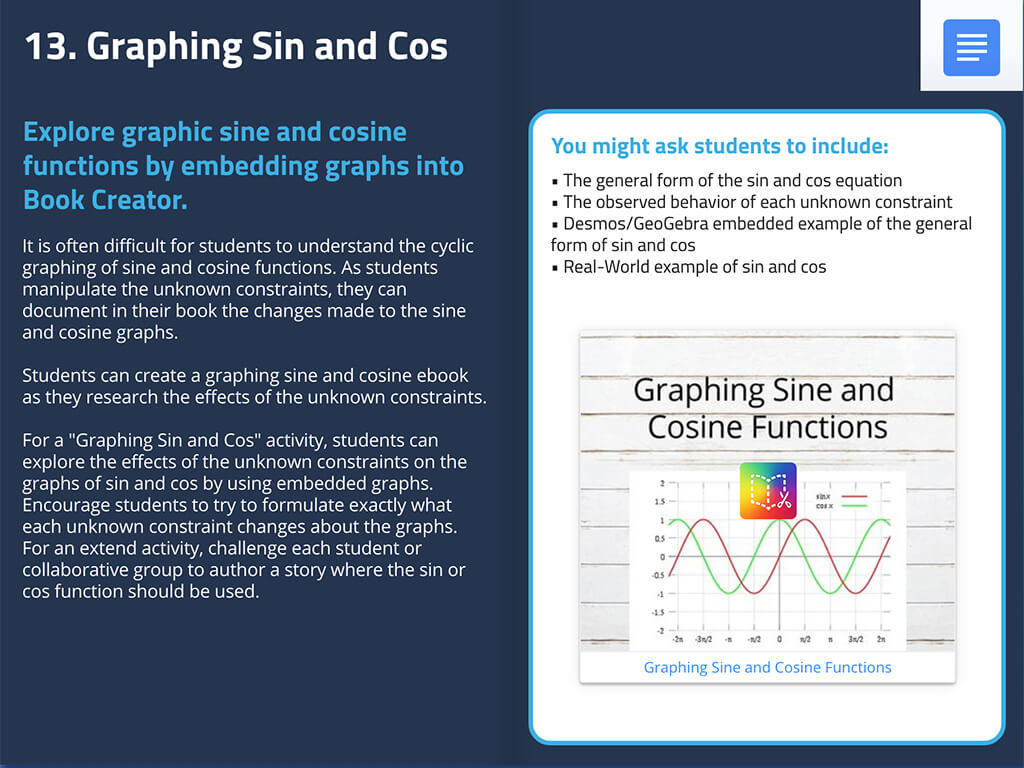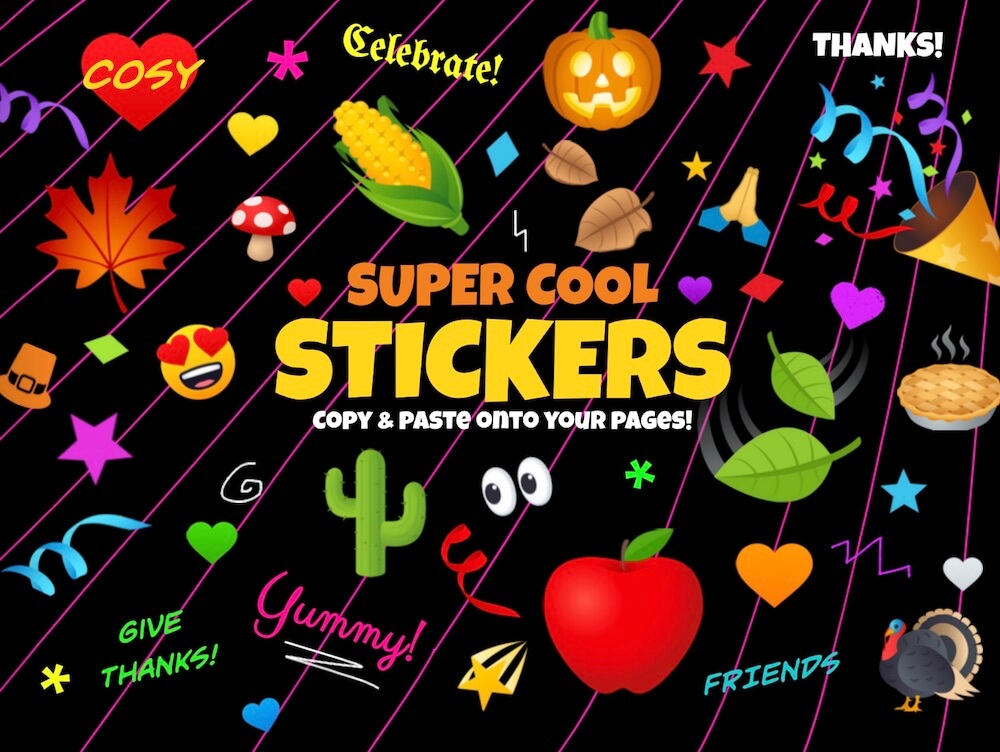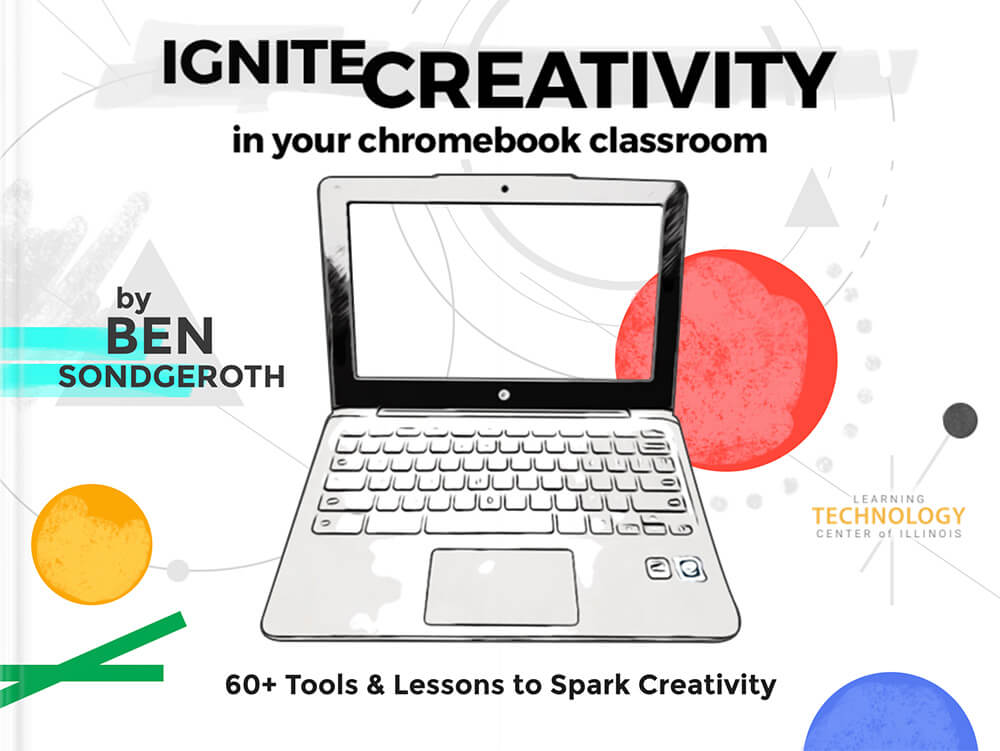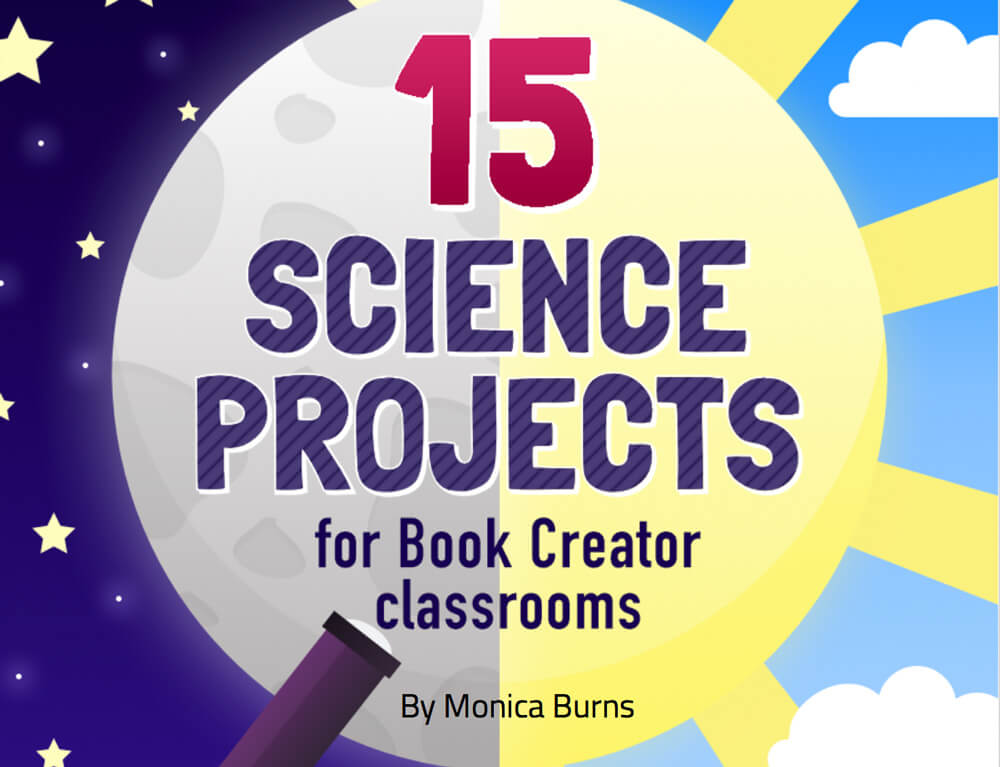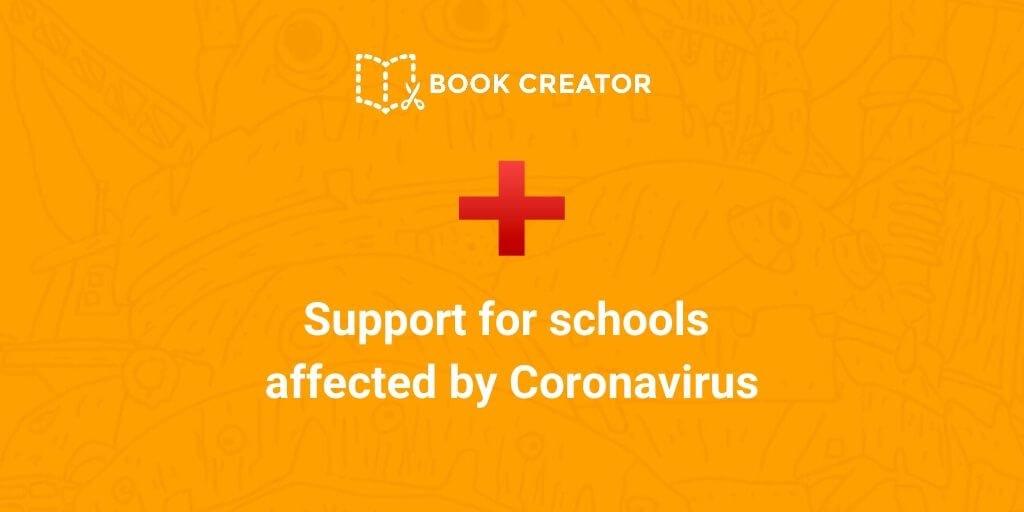As the pandemic eases and schools start thinking about reopening, one of the biggest questions is how to address the “slide” of learning. Many students have fallen behind where they would have been if they had stayed in classrooms, particularly in maths and literacy, but across other core subjects too.
As school leaders set out to meet this challenge, we want to be the voice that reminds us that this can be done in a fun and engaging way—and we have some thoughts on how to achieve this.
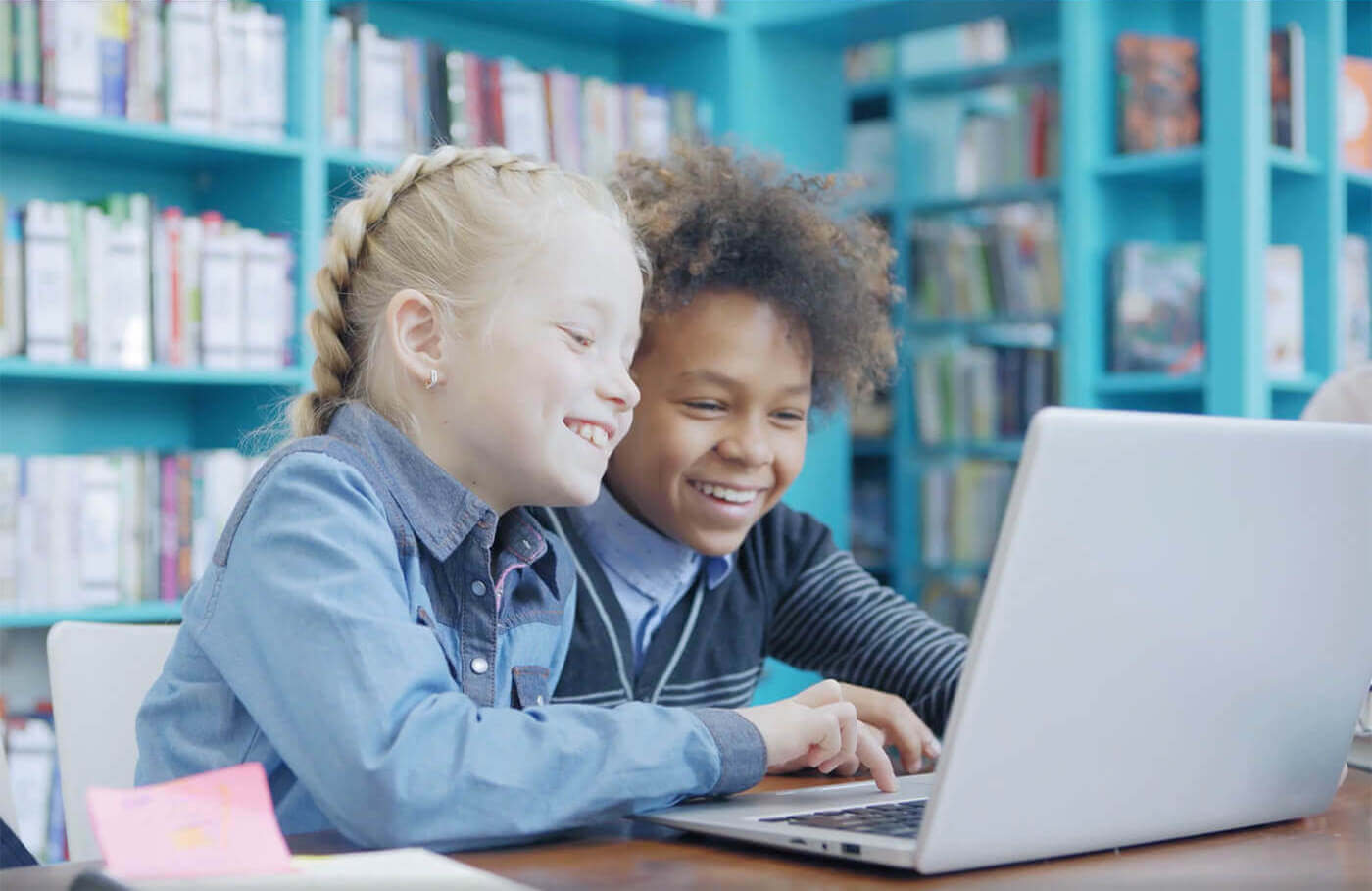
Learning loss
You might have seen this topic referred to as learning loss, or the learning gap - but we prefer the term learning recovery (it sounds more positive!). Research has shown that this is a growing concern for districts and many are making plans to address this. A study in November 2020 by NWEA found that although most students did show learning gains in reading and maths since the pandemic started, the gains are generally lower than an average year, particularly so in mathematics.
The effects of the pandemic have been wide-ranging in education, contributing to this need for learning recovery. A survey of 375 US school districts by RAND in December 2020 showed that 82% of school leaders believe that the pandemic had impacted student attendance, and only 8% thought that they were setting aside enough budget to appropriately support students that have fallen behind.
This is consciously being reflected at home too - 38% of parents surveyed by the National Parents Union felt that their children were learning less at home than they would during a normal school year.
The key to learning recovery - student engagement
No doubt your school/district will be formulating their own plans to get kids back on academic track - you’re probably considering options such as summer school, extended hours, targeted tutoring and even grade retention. All of these will work to some degree, depending on how they’re implemented. But (and it’s a BIG BUT), we must also recognise that teachers and students alike are exhausted by remote learning, the stress of the pandemic, and the uncertainty of the age we live in. So if we do plough on with trying to fill the learning gaps, it must be done in a considered way, bearing this in mind.
It may not be news to you, but the most effective learning is fun and engaging. In the push to address learning needs, it might easily become a secondary consideration. If we create academic programs that forget to keep students engaged in the learning, we may just make the situation worse.
We know that student engagement isn’t a new issue. In fact, it might be one of the most pressing issues facing educators today. The Gallup Student Poll indicates that student engagement has plummeted over the past decade. Their research shows that engaged and hopeful pupils fare better academically, but sadly it is common for students to become less engaged as they progress through school.
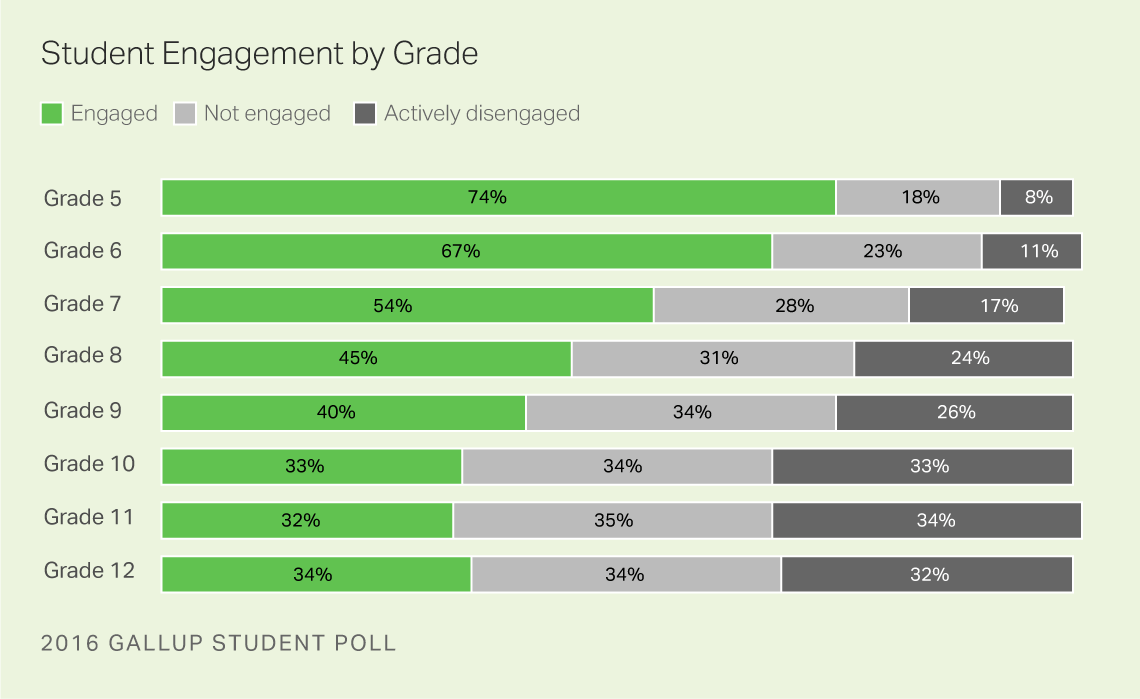
https://news.gallup.com/opinion/gallup/211631/student-enthusiasm-falls-high-school-graduation-nears.aspx
The issue of student engagement is intrinsically linked to mental health and social-emotional learning - which we know have become issues of great concern since the pandemic. Stressed out, anxious and exhausted students are naturally less likely to be engaged in learning. (The same could be said for teachers too!)
So how do we go about increasing student engagement? I like the way this teacher puts it:
Children make better plans than teachers. Fact. This week we followed the pathway of a great idea. When we let the children take the lead they are engaged and so much learning happens. Please read our @BookCreatorApp book here. https://t.co/2UExpp19AF
— P1, Mrs Jalland, & Ellie Elephant🏴 (@ElliePrimary1) March 5, 2021
Let's keep students front and centre of the planning process to ensure that they are engaged in their own learning recovery.
Ideas for making learning fun with Book Creator
From our own experience at Book Creator, we know that there are certain ingredients that boost student engagement:
Giving students an audience beyond the classroom
We’ve seen time and time again that students are more motivated when they can produce work that will be seen not just by their teacher, but by their peers, and even beyond. Publish work online and students will put that extra effort into making it better than just “good enough to get a pass grade”.
How to share your work online with Book Creator
Jon Smith has first hand experience of this, as a special education teacher who was struggling to get his students motivated to write. The moment he told them he was going to publish their work for the world to see, they suddenly realised they wanted to make it good! Listen to his amazing story below.
Student voice and choice
Giving students the freedom to express their learning in the format that best suits them is key. Allowing students to choose the media that plays to their strengths, be it writing, drawing, video, singing - whatever it is - means they will be more engaged and feel more comfortable to express themselves.
Student choice and voice is so important. Blown away with the 'Free Write' projects S's created last week. @daiseagles @BookCreatorApp #thisisDAIS #issedu #remotelearning pic.twitter.com/fhHku0bzvE
— Amy Dyer (@msamydyer) February 28, 2021
More @BookCreatorApp fun for Year 1 students. They’ve been learning about explorers in their topic. They are going to use this template to search for pictures and add their favourite facts about some amazing explorers #ADE #AppleEduChat #AppleDistinguishedSchool @ArcadiaSch pic.twitter.com/x4ySM5Bum5
— Tom Gayler (@techteachertom1) March 9, 2021
Differentiation of content
In their report on 'The impact of COVID-19 on student equity and inclusion', OECD found that among the top priorities for school leaders are:
- Supporting education of disadvantaged students
- Supporting education of students with special needs
- Supporting students whose parents have limited command of the language of instruction
All of these groups will have been disproportionately affected by the impact of remote learning and lockdowns. Prioritising our response to these groups when addressing learning recovery is key to ensuring equity.
From our perspective, the solution here is differentiation. It’s not just about students as creators. When the teacher is able to create tailored materials that directly fit the needs of their learners, these students will be much more engaged in the lesson. You might find that using one of our new templates will help kickstart your own creativity, or may just fit the topic of your lesson.
Check out these teacher-created books below:
Book Creator is designed with the principles of Universal Design for Learning, which makes it the perfect tool for creating differentiated material and especially for catering to the needs of students with special needs. And because Book Creator supports work in all four domains of language learning - reading, writing, speaking and listening, it is a popular choice for teaching English Language Learners in schools.
We have also used books to build reading fluency. The key to our usage shift was incorporating our school's curriculum when using Book Creator. This helped schools see that Book Creator can be used as a tool to support their current teaching instead of an "extra thing". Teachers loved the ready-made templates with teacher notes on the margins. They were able to clearly see how Book Creator could be used daily. Now that teachers see the amazing benefits of Book Creator the natural next step is for students to use Book Creator as a creative way to display their learning and growth. Christina Mahar, EL Resource Teacher, Learning & Language Acquisition
Explore how to design engaging lessons with Book Creator
Book Creator is a popular choice with teachers, particularly during remote learning, because it offers these three principles in a toolset that is simple to use. These principles of a wider audience, voice and choice, and differentiation are all wrapped in a familiar concept - the idea of authoring a book. Becoming a published author is a motivation for people of all ages!
Book Creator named Winner of the 2021 Best Remote Learning Tools
Sharing favorite recipes
Students each share a favorite recipe -- one they’ve cooked themselves, one they have cooked with their family, or a recipe they found online and want to try out themselves. This project is a great way for students to share something special to them and learn about their classmates during a transition back to in-person learning. You can make connections to math skills with measurement, and literacy skills with ELA connections. This activity features the new Cookbook template from Book Creator.
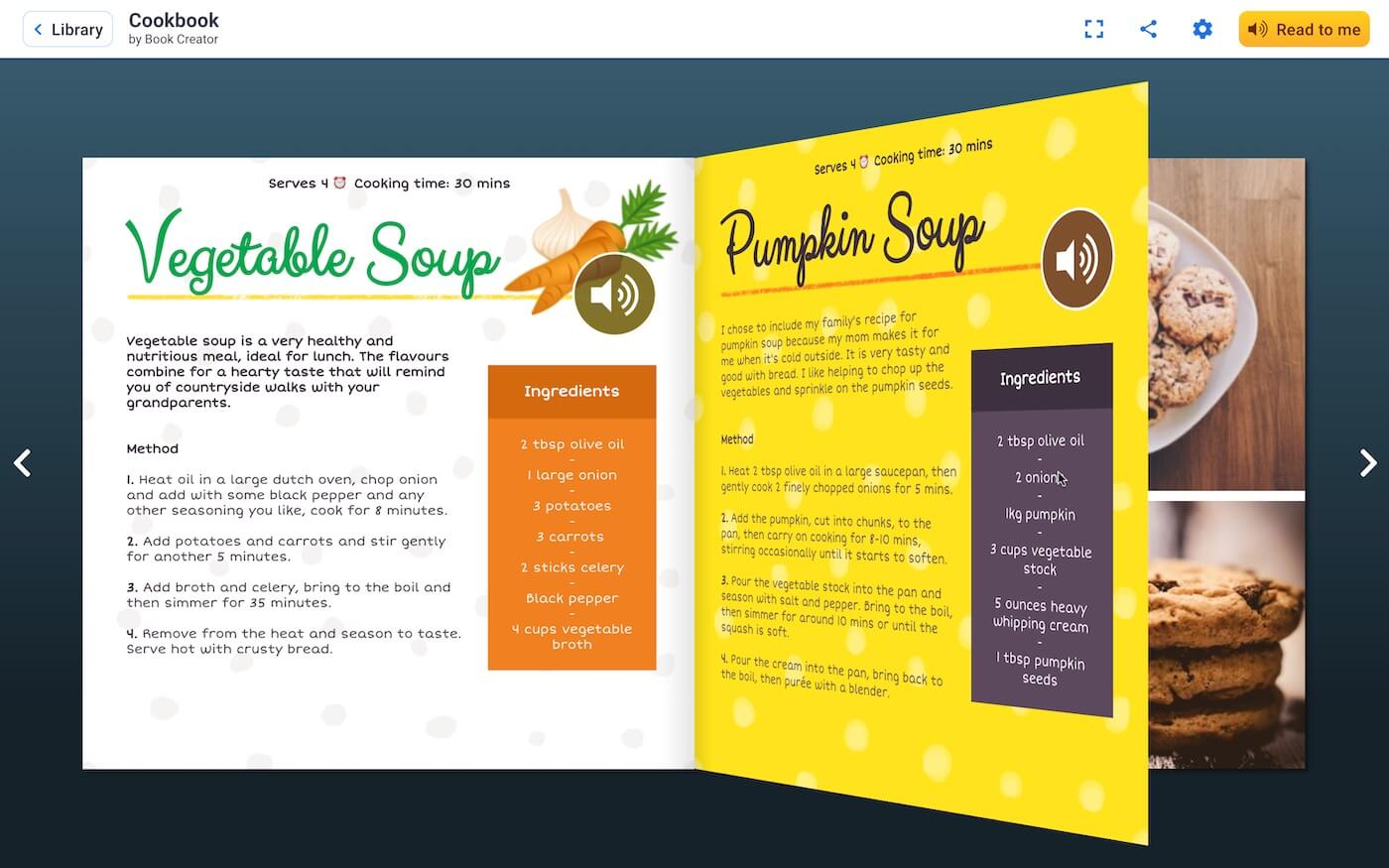
App Smash with Math Learning Center
Take a spin on a math journal by introducing an “app smash” with the apps from the Math Learning Center. Students can use the Math Learning Center’s online, free web apps to explore a variety of math topics -- like the Geoboard or Base Ten blocks. They can create visuals to accompany a math problem, snap a screenshot, and add it to their math journal. This project is a great way to give students options for how to share their learning in the math classroom. Give students options for how to talk about their math problem-solving steps including audio and voice-to-text.
Here’s the full list of lesson ideas to be covered in the webinar. Hope you can join us!
- Create a vocabulary notebook (literacy)
- Writing math word problems (numeracy)
- Goal setting journal (communication)
- Sharing imagined stories (literacy)
- App smash with Math Learning Center (numeracy)
- Cross-curricular ABC book (literacy)
- Create a book with a partner (collaboration)
- Sharing favorite recipes (template: cookbook)
- Share a story about yourself (template: yearbook)
- Create an “all about me book” with favorite things (literacy)
- Counting book with images of 1, 2, 3, 4, etc. items (numeracy)
- Making a list of things students are curious about (creativity)
Check out our webinar recording with EdTech Consultant Monica Burns (@ClassTechTips) where she shared even more fun, engaging lesson ideas to support learning recovery 👇
What do you think about the issue of learning recovery? How is your school facing the challenge? Do you have any ideas or suggestions of your own for making learning engaging and fun? Share in the comments below
Dan Kemp is the Marketing Director and has been working here since 2013. One of Dan’s favourite jobs is hearing the stories of how Book Creator is used to bring joy to classrooms all over the world, and he happily retells these stories on these pages!



